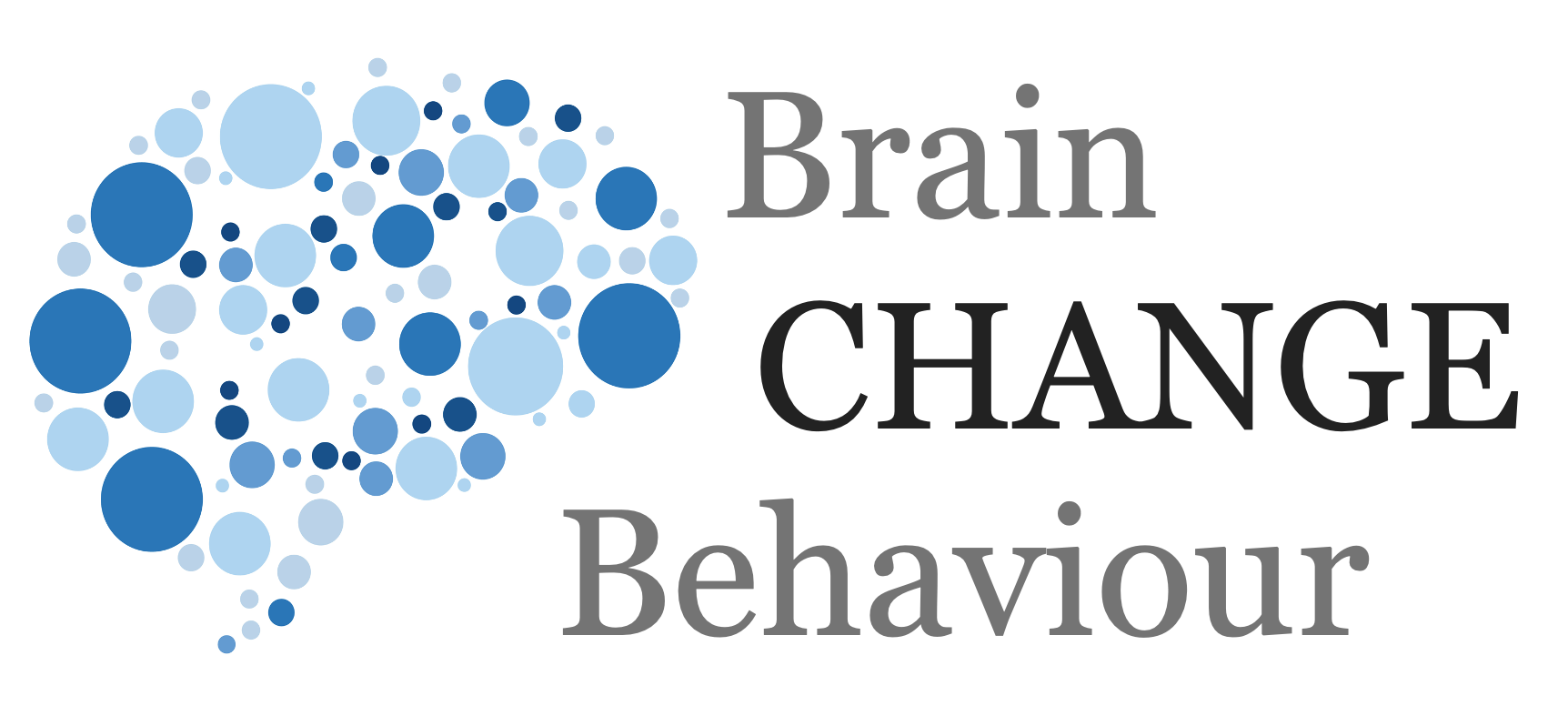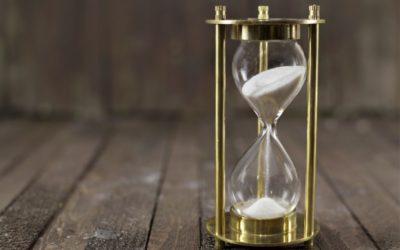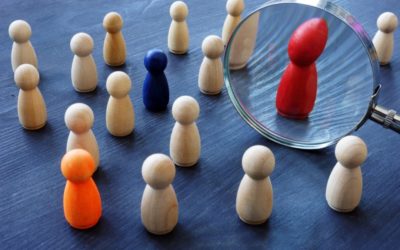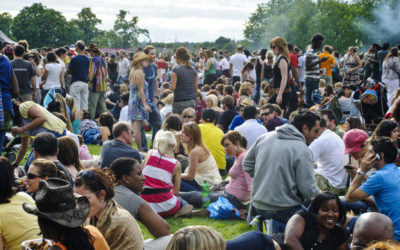Article
Change Models

The theory of planned behaviour is a psychological theory proposed by Icek Ajzen that links beliefs to behaviour. This builds on the theory of reasoned action. The theory maintains that three core components shape behaviour
- Attitude
- Subjective norms
- Perceived behavioural control
These together shape an individual’s behavioural intentions. In turn, a tenet of TPB is that behavioural intention is the most proximal determinant of human social behaviour.
Attitudes
- Behavioural beliefs: personal beliefs about the behaviour and whether this is considered positive or negative. This leads to:
- Attitude towards behaviour.
Subjective Norms
- Normative belief: an individual’s perception of social normative pressures, what are standards of behaviour. This influences:
- Subjective norm: an individual’s perception about the particular behaviour, which is influenced by the judgment of (especially significant) others.
Perceived behavioural control
- Control beliefs: an individual’s beliefs about the presence of factors that may facilitate or hinder performance of the behaviour. This leads to:
- Perceived behavioural control: an individual’s perceived ease or difficulty of performing the particular behaviour. The concept of perceived behavioural control is conceptually related to self-efficacy. It is assumed that perceived behavioural control is determined by the total set of accessible control beliefs.
Behavioral intention
- Behavioral intention: an individual’s readiness to perform a given behaviour. It is assumed to be an immediate antecedent of behaviour.
Behaviour
- Behavior: an individual’s observable response in a given situation with respect to a given target. Ajzen advanced the view that a behaviour is a function of compatible intentions and perceptions of behavioural control. Perceived behavioural control is expected to moderate the effect of intention on behaviour, such that a favourable intention produces the behaviour only when perceived behavioural control is strong.
Summary
The theory of planned behaviour is one that is defined by belief systems and behavioural intentions and antecedents to behaviour. This includes the social environment. Of note is that the concept of self-efficacy is also included in perceived behavioural control.
Simple Takeaways
-
- The influence of attitudes, subjective norms, control beliefs leads to behavioural intentions which guide behaviour.
- You can influence behaviour by influencing the above factors.
© leading brains 2022
Reference
More Articles
The Equilibrium Effect
Things in life tend towards certain balances. This is particularly true in large systems and this is why change can happen in small contexts and be very effective or successful but in large systems different rules apply.
The supply side of scaling
There are a number of problems with the supply side – being able to supply the resources and competencies to drive change.
Unintended consequences and negative spillovers
We all know that any change – well, obviously, changes something. But this also means there will be various knock-on effects
Representativeness of the Situation
“You had to be there” is an expression that says you had to be in a particular situation, in that particular vibe, to fully understand a situation.
Representativeness of the Population
When we get a good idea, we may know it is a good thing. And because we know it is a good thing we may then falsely assume – without really thinking this through – that everybody thinks this is a good thing.
False Positives – The inference problem
A false positive has become better-known to the general public during the pandemic and with COVID-19 testing particularly with home based quick tests.






